Inspiration does not obey speed limits.
For imaging scientists, inspiration is often found at the edges―at the spatial, temporal, and optical boundaries of a system. It’s that grainy image of the cytoskeleton that has just enough photons to confidently resolve two unique molecules. It’s data extracted from a few pixels, whittled away from a larger array, to achieve capture rates relevant to neuronal signaling. It’s the mesmerizing cellular migrations of a developing embryo, reconstructed from a lightsheet time-lapse, that offer new insights and spark new questions.
By more than doubling speed, resolution and field of view relative to current scientific cameras, the ORCA-Lightning is designed to inspire new frontiers of exploration. Compared to a Gen II sCMOS, the ORCA-Lightning delivers 2 times the pixel area, 2.8 times the pixels and 3.4 times faster pixel-per-second readout.
All these increases translate to the ability to capture more image data faster, and still achieve Hamamatsu-quality images and information content. So whether you’re developing the next cutting-edge lightsheet system or building a library of the mouse connectome, the high throughput of the ORCA-Lightning will get you to your goal faster. And, we hope, open doors to new discoveries.
- Effective no. of pixels: 4608 (H) × 2592 (V)
- Readout speed: 121 frames/s
- Readout noise: 2.0 electrons
- Dynamic range: 17 000 : 1


























